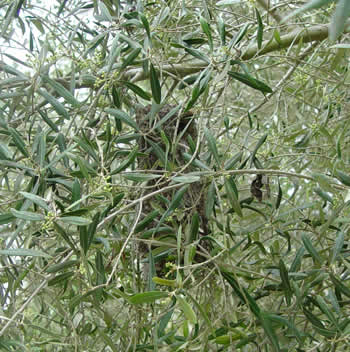Not by ones or twos, like other birds, but by the dozens. Bushtits swarm across the landscape, a flitter of little feathered bundles, each in its own madcap dash from wherever it was to wherever its fancy may take it. A typical flock—or make that flurry—is made up of thirty to fifty birds, but they are hard to count as they make their way across your view, gleaning insects from leaves, flowers and twigs as the go.

A friend once told me of stopping to view a hillside during a walk, when a bushtit landed on his shoulder before flying on. Then another. So he held his arms out and to his delight, a score of these little guys used him as a stopping point on their journey. Some scarecrow!
Bushtits are small by any measure--but an insect’s. A round grayish-brown lollipop on a long skinny tail, they weigh in at a nickel, comparable to an Anna’s hummingbird. In proportion, though, the bushtit’s nest must be one of nature’s largest. Suspended in a shrub or tree, the nest is a long cave of plant down and spider web woven around a few supporting twigs. Perhaps ten inches deep and three in diameter, it’s an amazing construction. But that’s needed to hold the ten or a dozen young in each brood. This is one bird that knows crowds from day one.
The only time you are likely to see a bushtit on its own is during the breeding season, which can begin on the coast as early as February. Watch that bird and follow it. You may find the nest, which the feeding parent will enter through the entry hole high on the side. The noise from within will convince you that the parent is a welcome addition. If two’s company, and three’s a crowd, for bushtits, a baker’s dozen is contentment.


